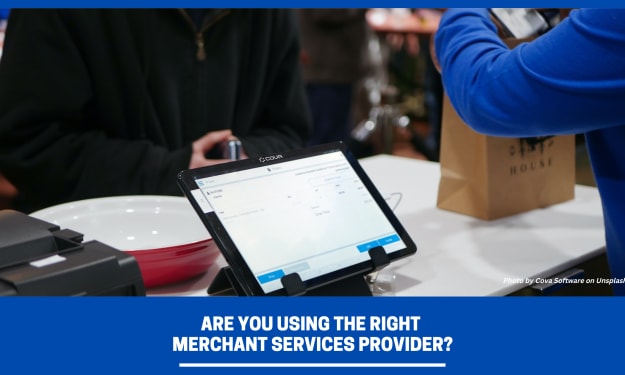How to keep the chargeback rate in check
Let's take a closer look at the chargeback rate now that we've covered the basics.

Chargebacks are one of the most frequently discussed topics among merchants, but for all the wrong reasons. Most of you are aware that chargebacks are bad news for your profits and reputation. If you're lucky enough to have never dealt with chargebacks before, we recommend reading this article on the subject.
In a nutshell, a chargeback is a reversal of a transaction that occurs when a customer purchases something from a merchant and then disputes the transaction for some reason. Chargebacks are frequently the result of fraud, in which someone steals a cardholder's financial information and uses it for their own gain.
There are also instances where a cardholder cancels a transaction because they are unhappy with the product, did not receive the product on time, did not recognise the transaction later and cancelled it, felt buyer's regret, and so on.
This is how it works: a customer contacts their issuer bank and asks for a transaction dispute, explaining why. The issuer assesses the situation and informs the acquirer (merchant's bank) so that the disputed amount can be removed from the customer's account. The merchant is also notified and has the opportunity to fight the dispute with proof that the transaction was valid. Unfortunately, many businesses learn about disagreements weeks after they occur, which can be extremely damaging.
Let's take a closer look at the chargeback rate now that we've covered the basics.
What is a chargeback rate?
By relating the number of chargebacks to transactions, a chargeback rate can be used to determine if you have too many chargebacks. This metric must be monitored at all times by merchants.
Chargebacks can happen to any business, but an abundance of them can push your low-risk operation into the high-risk category (unless you're already in the high-risk category due to your industry/country of operation – more on that later in this article).
This means you'll have to pay more for processing services, be subject to higher setup, monthly, annual, and termination fees, and possibly switch online payment gateway service providers because not all banks work with high-risk clients. As a result, the chargeback rate must be considered.
Average chargeback rates
Chargeback rates for merchants should typically not exceed 1% of total transactions. Simply put, businesses should only have one chargeback for every 100 successful transactions.
Keep in mind that the chargeback threshold is different for each card brand you process (Visa, Mastercard, etc.), so you'll need to remember each chargeback rate maximum index.
The chargeback ratio can vary significantly between businesses. According to a survey of over 1000 merchants, primarily from the online, multi-channel, and mobile commerce industries, 29 percent of them had a rate of between 0.1% and 0.5%. Meanwhile, 18% of respondents kept the rate below 0.1%, while another 18% kept it between 0.5% and 1%. Unfortunately, 23% of businesses had a chargeback ratio of 1% or higher, and 13% were unaware of their chargeback ratio status at the time. According to the study, the industries with the highest rate of chargeback threshold crossing were:
- Education and training (43%);
- Banks, credit unions, lenders, and insurance (34%);
- Dating and social (32).
Chargeback ratio calculation
As previously stated, credit card companies or the best online payment gateway set acceptable chargeback rates, but they use different methods to calculate the ratio.
The chargeback ratio is calculated by dividing the number of chargebacks by the number of transactions made in the same month for Visa, American Express, and Discover.
The number of chargebacks from the current month is divided by the number of transactions from the previous month with Mastercard.
How to reduce chargebacks
First and foremost, a good chargeback prevention strategy begins with the merchant, as there are some things that every business should do:
- Your website should make your products and services as clear as possible: Ensure that the product description includes all quality and size information so that the customer does not demand a refund if their purchase is not as described.
- Establish how long it usually takes to deliver the goods, and if possible, invest in a tracking app so that your customers can track their orders at all times.
- To avoid miscommunications with clients, provide as many options for contacting customer support as possible.
- Set up a comprehensive refund policy and make sure your customers understand why it's better than chargebacks.
- To prevent fraudulent transactions, use the 3D Secure protocol for cardholder verification.
The financial industry also provides a number of chargeback prevention tools.
About the Creator
Amit Kumar
Full-time thinker & part-time writer...






Comments
There are no comments for this story
Be the first to respond and start the conversation.